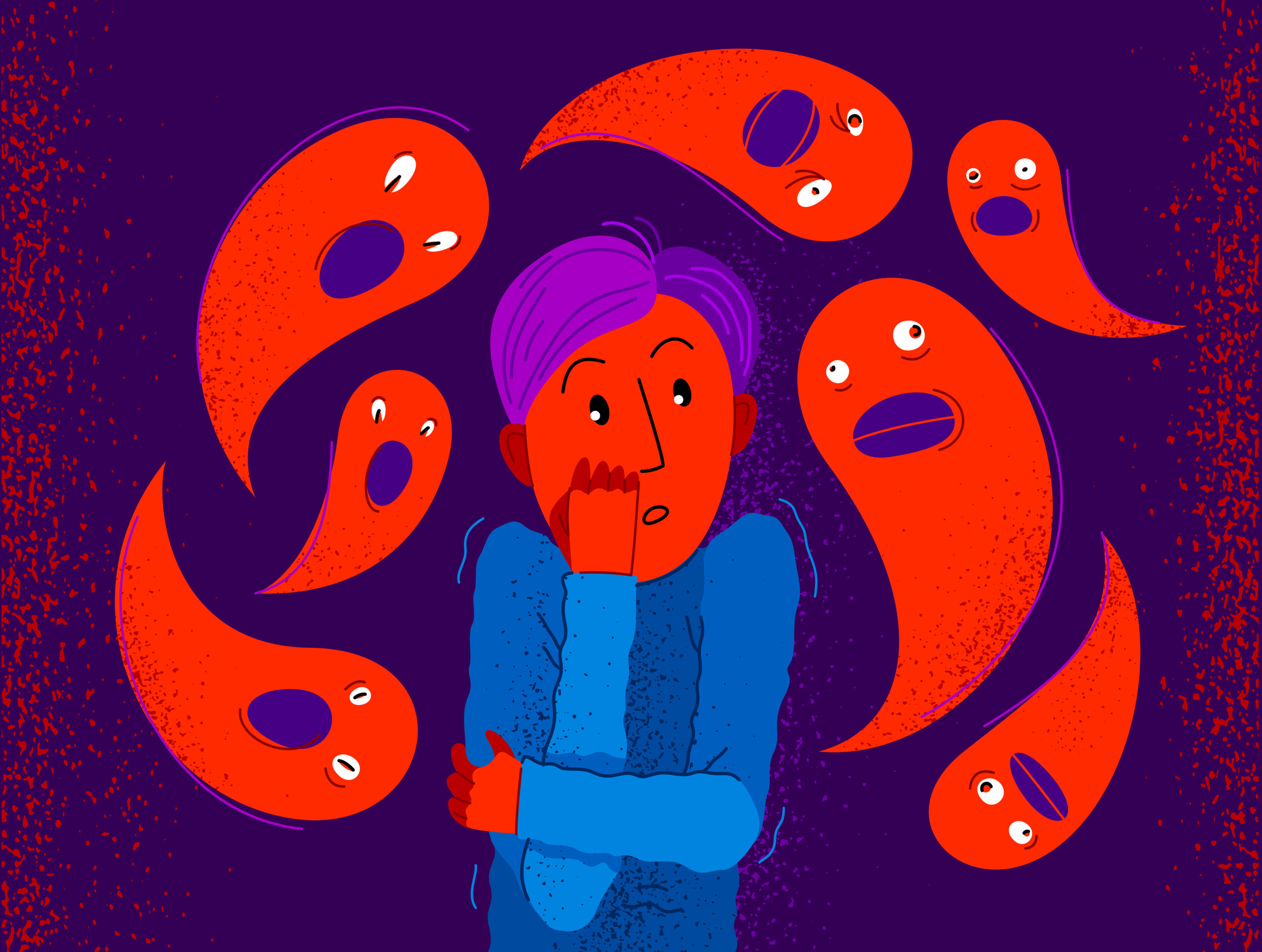The Role of Pets and Animal-Assisted Therapy
Pets and animal-assisted therapy are becoming more popular ways to help people feel better. Many studies show that spending time with animals can reduce stress, lower blood pressure, and improve mood.
Animal-assisted therapy uses trained animals, usually dogs, to help people with physical or mental health issues. These therapy animals visit hospitals, nursing homes, and schools to provide comfort and support. For example, therapy dogs might sit with patients during chemotherapy or help children practice reading aloud.
Cats are now being considered for therapy roles too. A recent study found that some cats have similar friendly traits to therapy dogs, suggesting they could also be good at comforting people.
Having a pet at home can also be therapeutic. Caring for an animal gives people a sense of purpose and routine. Petting a cat or dog can lower stress hormones and increase feel-good chemicals in the brain. Even watching fish swim in a tank can have a calming effect.
For people with mental health conditions like depression or anxiety, pets can provide companionship and emotional support. Walking a dog or playing with a cat can help reduce feelings of loneliness and isolation.
In schools, therapy animals are being used to help students with special needs or to reduce stress during exam times. Some colleges even bring in therapy dogs during finals week to help students relax.
While animal therapy shows promise, it’s important to remember that it’s usually used alongside traditional medical treatments, not as a replacement. Also, not all animals are suited for therapy work – they need to have the right temperament and training.
As research continues, we may see more types of animals being used in therapy roles. The healing power of the human-animal bond is becoming clearer, showing that our furry (and sometimes scaly) friends can play an important part in our health and wellbeing.





